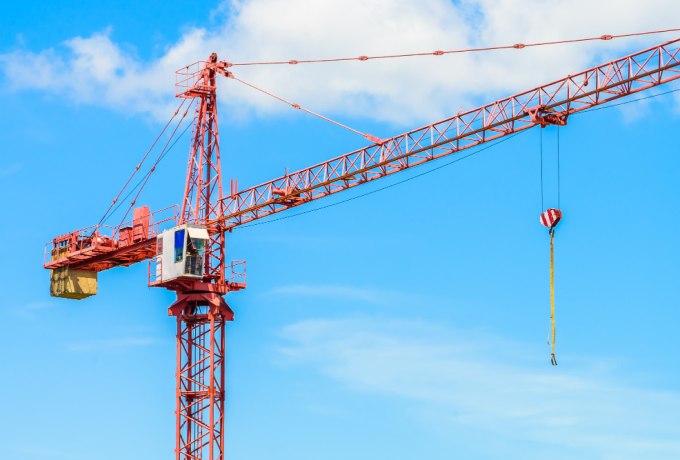

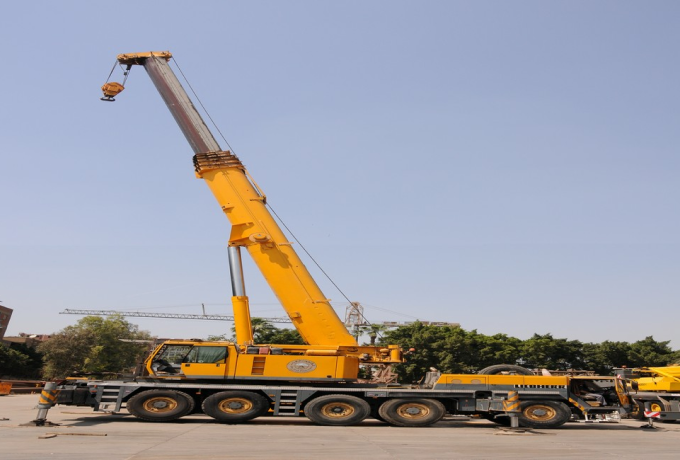

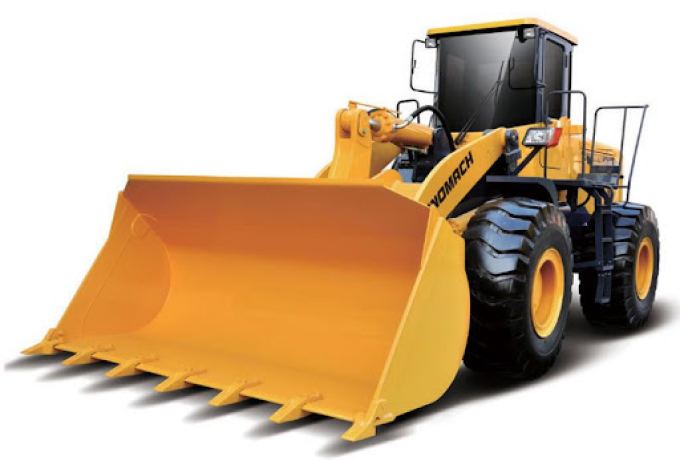

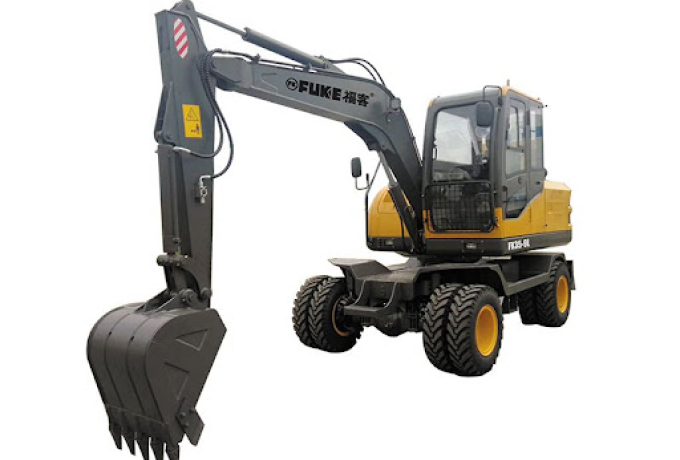

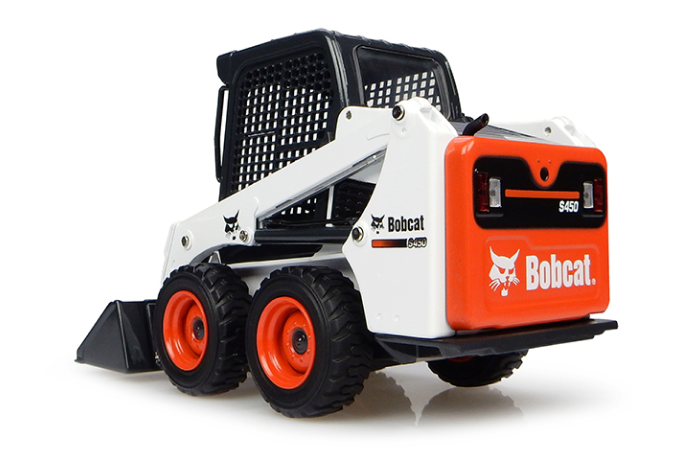

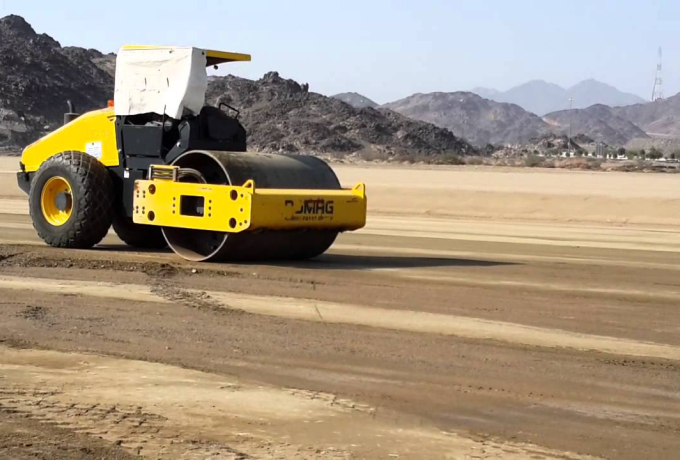

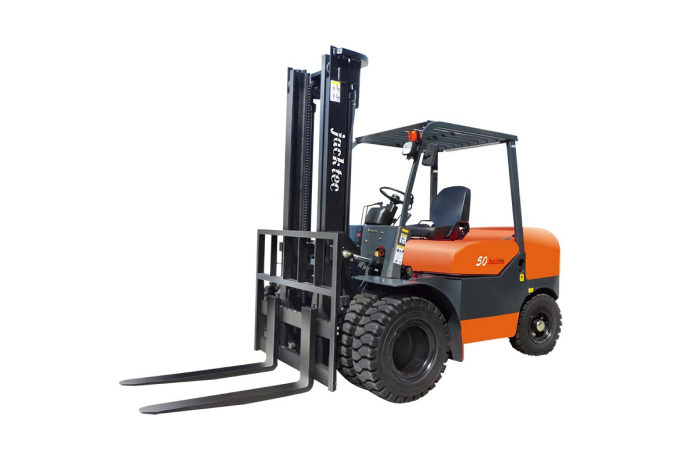

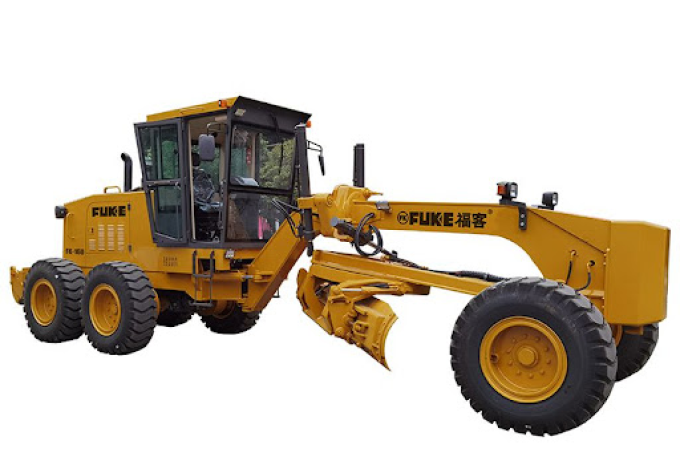

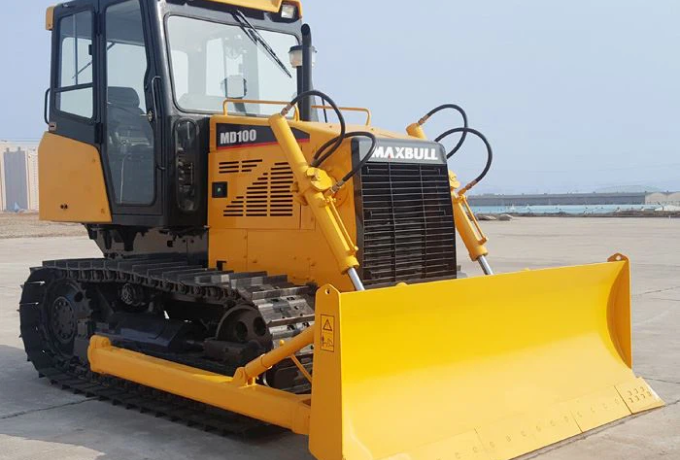



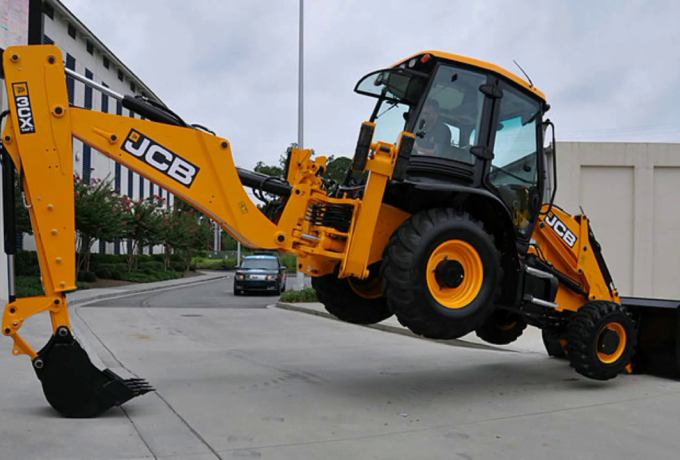

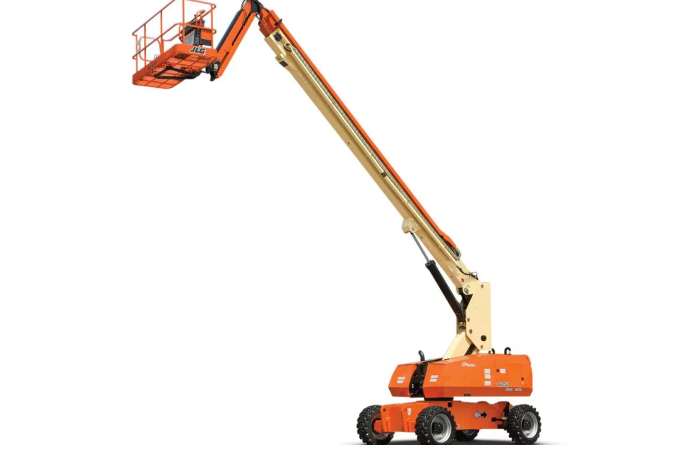

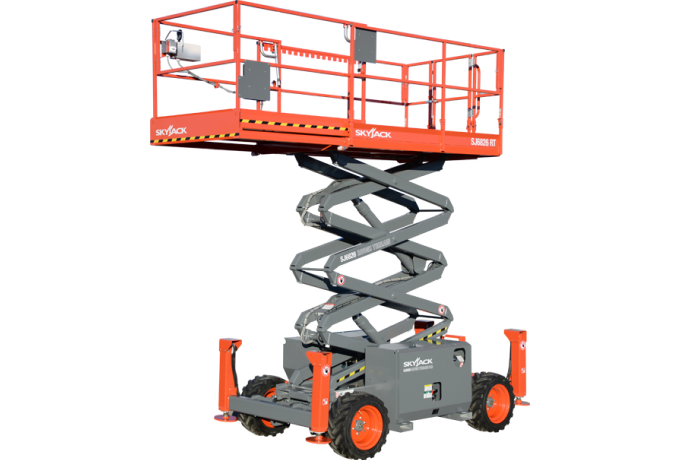

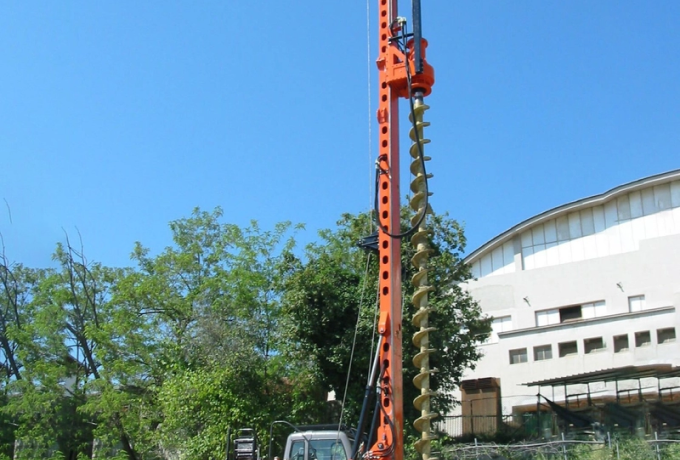

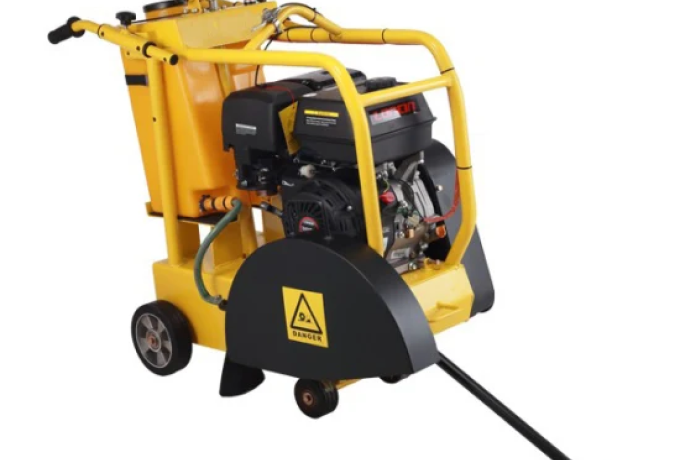

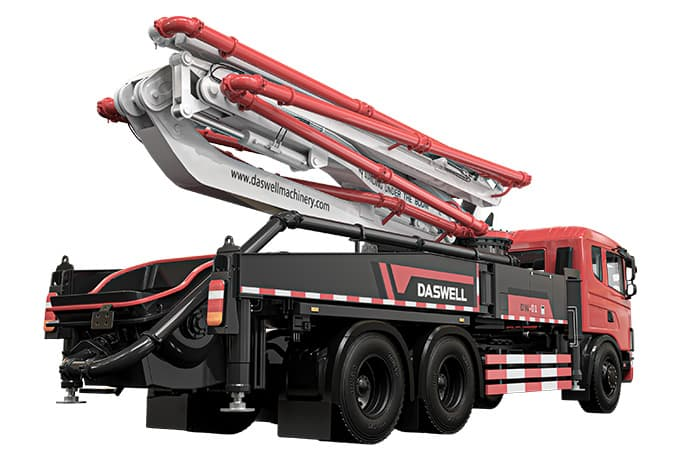

Example of winch inspection:
1. Calibration Certificate: Ensure that a calibration certificate is provided to verify the accuracy of the equipment's measurements.
2. Inspection of External Structure: Check for any defects such as cracks in the external structure to prevent structural failures during operation.
3. Safety of Power and Disconnect Switch: Ensure that power sources can be safely activated and deactivated to prevent electrical hazards.
4. Inspection of Hydraulic and Pneumatic Systems: Check for leaks in pumps, hoses, and connections to maintain proper fluid levels and prevent environmental contamination.
5. Safety of Winch Arm and Additional Arms: Verify the stability and safety of all extending arms to prevent accidents during lifting operations.
6. Safety of External Pillars: Ensure the structural integrity of external pillars to prevent collapses or instability.
7. Integrity of Wire Keys and Stacking Barrel: Check the condition of wire keys and stacking barrel to ensure proper functioning of wire mechanisms.
8. Safety of Wires: Inspect wires for any damage or wear that could compromise their strength and safety during operation.
9. Safety of Limit Switch: Verify that limit switches are functioning correctly to prevent overloading or unsafe conditions.
10. Safety of Outriggers: Ensure that outriggers are deployed and stable to provide proper support during lifting operations.
11. Proper Wire Stacking: Ensure that wires are stacked and arranged correctly to prevent tangling or snagging during operation.
12. Safety of Hook and Safety Latch: Verify the integrity of the hook and safety latch to prevent accidental release of loads.
13. Safety of Brakes: Inspect brakes for the rotation of the lifting arm to ensure they are functioning correctly for safe operation.
14. Functionality of Indicators and Meters: Check all indicators and meters for accuracy and proper functioning to provide essential operational information.
15. Safety of Motor and Fluid Levels: Inspect motors and fluid levels (oil and water) to ensure proper lubrication and cooling for equipment operation.
16. Detection of Lighting and Signals: Ensure that all lighting and signals are operational for safe operation, especially in low visibility conditions.
17. Inspection of Main Brakes and Hand Brake: Check the condition and functionality of main brakes and hand brake to ensure proper stopping capability.
18. Safety of Limit Switch (Safety Key): Verify the safety of the limit switch to prevent unsafe conditions during operation.
19. Inspection of Tires: Check tires for any defects or damage that could affect stability or traction during operation.
20. Inspection of Mirrors and Glass: Ensure that mirrors and glass are clean and undamaged for clear visibility during operation.
21. Presence of Fire Extinguisher: Verify that a fire extinguisher is present and in good condition for emergency situations.

